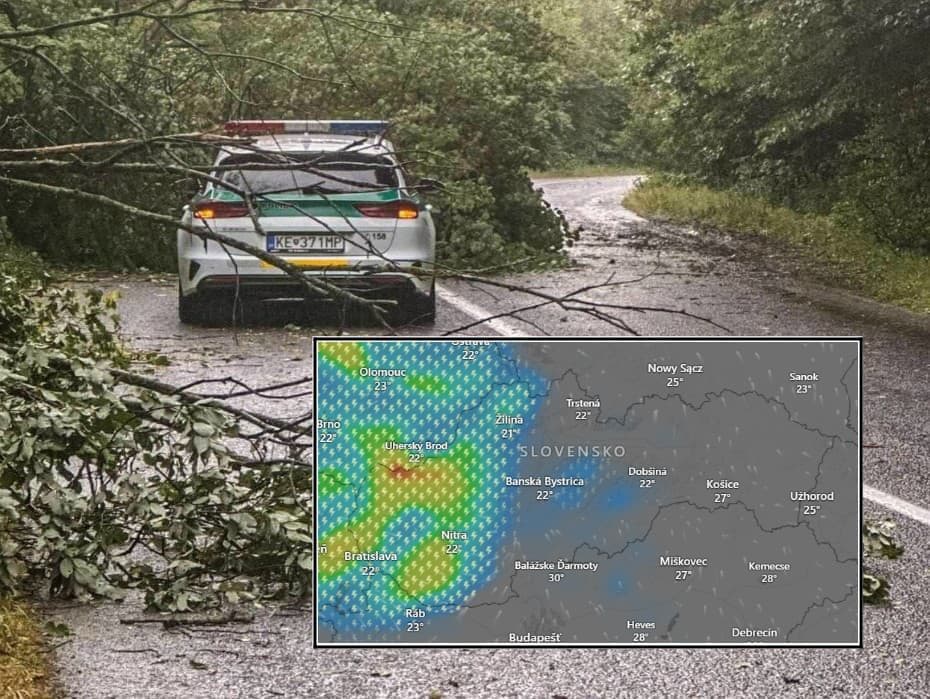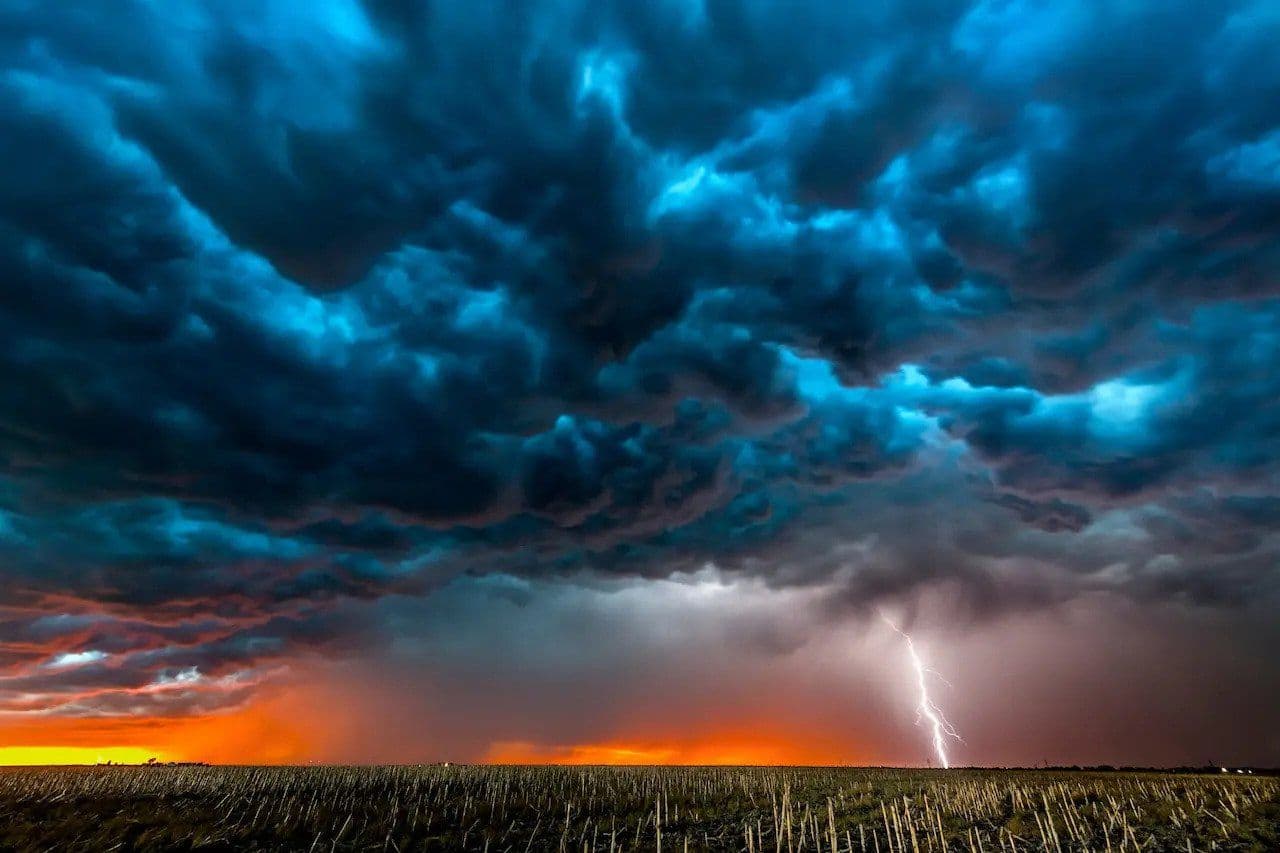Slovakia's Saturday Squall: Unpacking the Unexpected Turn of Summer Skies
Explore the atmospheric forces behind Slovakia's intense Saturday storms. Learn what to expect and how to stay safe as summer weather takes a dramatic turn.

The Shifting Summertime Climate
Slovakia's summer skies often hold a delicate balance, but recent years have shown a clear trend towards more volatile weather. What was once predictable sunshine can now swiftly give way to intense atmospheric events. Just this past Saturday, the issued a first-degree warning for thunderstorms across the entire country, valid until 8 PM. This wasn't an isolated incident but rather a characteristic feature of the season in these regions. Meteorologists highlighted the potential for wind gusts reaching 85 kilometers per hour, significant hail, and torrential downpours, with up to 30 millimeters of rain expected within a mere half-hour. While such phenomena are indeed typical for summer, the increasing intensity raises concerns. These accompanying elements, though seemingly common, pose tangible risks, capable of inflicting minor damage and, more critically, endangering public health and safety. Understanding this evolving pattern is key to adapting to our changing climate.
Behind the Brewing Tempest: Meteorological Insights
Delving deeper into the atmospheric mechanics, experts explained that the Saturday squall was primarily influenced by a wavy cold front, coupled with a southwestern air current. This specific meteorological setup is a potent recipe for the kind of severe weather witnessed. The interaction of the cold front with the existing warm, moist air creates an unstable environment, ripe for convection. The high humidity levels, a critical factor, significantly amplified the intensity of the precipitation. This meant that any showers or thunderstorms that formed would be particularly heavy. Furthermore, the conditions were conducive to the development of scattered thunderstorm systems and even supercells – powerful, rotating thunderstorms known for producing large hail and destructive winds. Such complex interactions underscore why summer storms, while common, can vary so dramatically in their severity and impact.
Navigating the Immediate Impact: Staying Safe and Prepared
When a storm like Saturday squall bears down, knowing how to react instantly becomes paramount. The first-degree warning, active nationwide until evening, wasn't just a forecast; it was a call to action. With intense rainfall, there's an immediate risk of smaller rivers swelling rapidly and overflowing their banks, posing a direct threat to nearby communities. The powerful winds, capable of reaching 85 km/h, can easily pick up unsecured objects, transforming them into dangerous projectiles. Imagine garden furniture, bins, or even construction materials becoming airborne hazards. Hail, another significant threat, isn't just an inconvenience; it can severely damage crops and vegetation, and on the roads, it drastically reduces visibility and traction, making driving perilous. Staying informed through official channels, securing outdoor items, and avoiding unnecessary travel are fundamental steps to protect yourself and your property during such an event.
After the Deluge: Assessing and Recovering
Once the thunder subsides and the skies clear, the true work of assessing and recovering begins. The immediate aftermath of a severe summer storm like the one experienced this Saturday often reveals a tapestry of localized damage. From inundated cellars due to flash floods to uprooted trees and damaged roofs from high winds, the impact can be widespread. Hail, as meteorologists warned, leaves its tell-tale marks on plants and vehicles, sometimes causing significant agricultural losses. The sudden rise in river levels, even if they don't cause major flooding, can leave behind debris and necessitate clean-up efforts. This phase is crucial for community resilience: checking on vulnerable neighbors, documenting damage for insurance purposes, and coordinating with local authorities for support and repairs. These events, while challenging, serve as stark reminders of the need for ongoing preparedness and adaptation strategies as our climate continues to present more intense and unpredictable weather patterns.
Related Articles

Decoding Slovakia's Dynamic Skies: Inside SHMÚ's Urgent Weather Watch

Decoding Slovakia's Dynamic Skies: Inside SHMÚ's Urgent Weather Watch

The Invisible Impact: Decoding Your Body's Response to a Raging Cold Front

The Invisible Impact: Decoding Your Body's Response to a Raging Cold Front

When Sky Stones Fall: Navigating the New Era of Extreme Hail

When Sky Stones Fall: Navigating the New Era of Extreme Hail

Storm Sentinels: Unpacking ČHMÚ's Vital Warnings for Czech Weather Readiness
